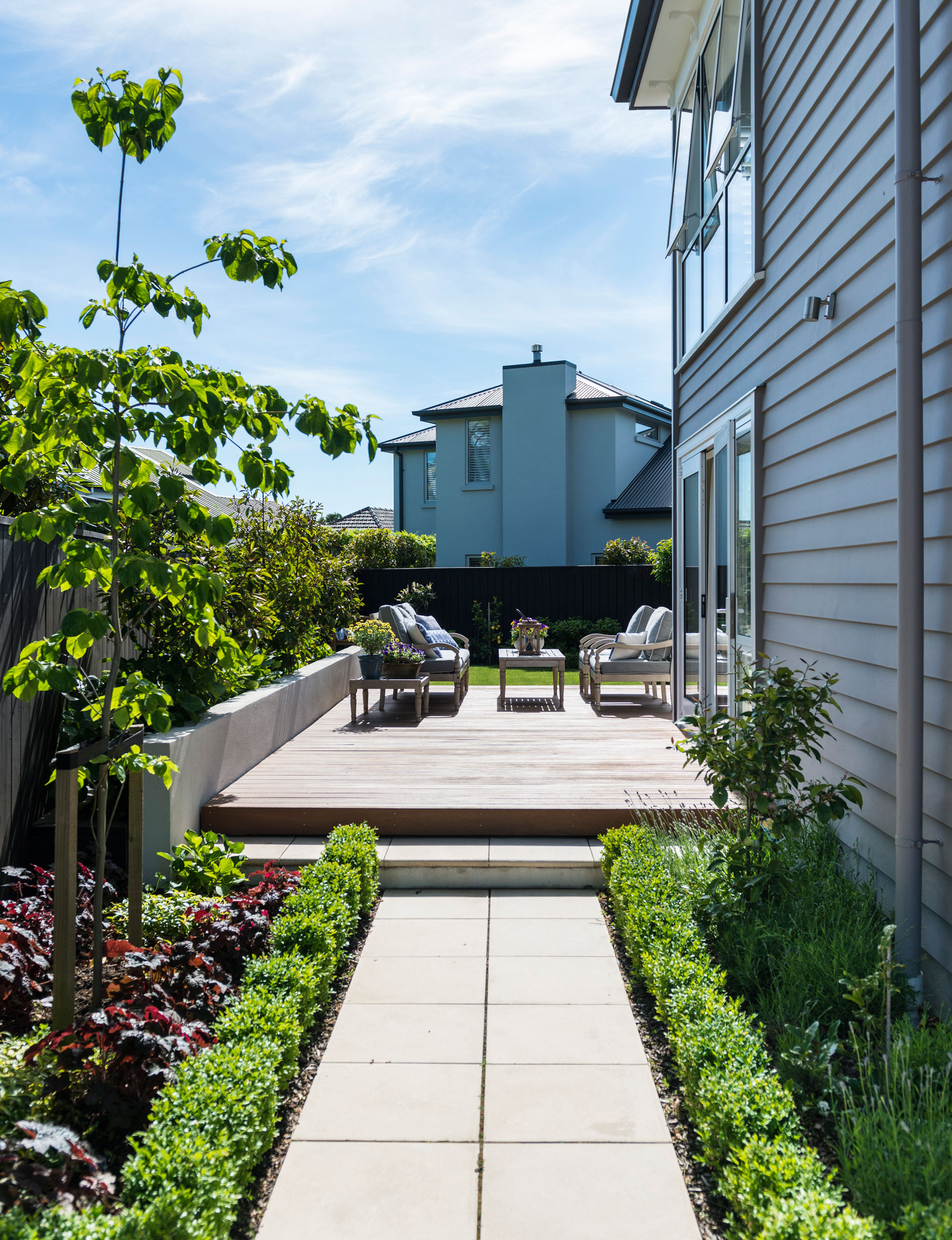Take a look at this garden checklist to ensure you do all you can to keep your garden alive and healthy during the colder months.
How to keep your garden looking great in the winter months
+ Winter is the best time to plant roses as they’re less likely to suffer any setbacks when in a dormant (or semi-dormant in warmer areas) stage. About 3 weeks before planting dig plenty of organic matter such as sheep pellets, stable manure and/or well-rotted compost into the beds. A sprinkle of dolomite lime will help raise the pH if your soil is a little too acidic (ideally it should be around 6.5). Make sure you’ve chosen a sunny position where there’s plenty of airflow as this helps to reduce fungal disease. Soil needs to be moisture-retentive, ideally a well-drained clay loam.
+ Down at the garden centre or nursery take your time choosing your roses. Ask for those with good disease resistance and make sure plants look healthy with smooth stems (wrinkles mean the plant may be too dry). Dig holes at least 30cm wide and around 20cm deep.
+ If you want a subtropical look but don’t want the bother of cosseting your plants try using cold-hardy types that will give you an exotic look such as cordylines, fatsia, hosta, rodgersia, heuchera and ligularia.
+ Mulch not only keeps moisture in the soil when it’s hot but helps keep ground temperatures warmer in winter. Use a thick layer of pea straw, old sacks, newspaper, even old carpet to protect the roots of shrubs and frost-tender perennials like canna.
+ Reduce your watering in winter as plant growth slows. Succulents and frangipani require little or no water at this time of year and most container plants (indoors or out) will need way less moisture.
+ There’s nothing prettier than a camellia hedge. They might be slow-growing but the mass of flowers in autumn or winter is certain to lift your spirits on a grey day. There’s plenty of choice at this time of year as nurseries and garden centres bring in a range of these versatile shrubs.
+ As the weather chills down, frost-tender plants such as bromeliads, frangipani, citrus, gardenias and Hawaiian hibiscus will need extra TLC in cooler areas. Moving them to a sheltered spot under the eaves, against a north-facing wall, on the deck or in a greenhouse will keep plants happier, meaning you’ll get more flowers and fruit in spring and summer. If frosts are very severe in your region think about covering tender plants with frost cloth or wool mat. Even a blanket will do the trick.
+ Planting frost-tender plants in pots makes it easier to move them in winter. Remember that plastic pots may be lighter but, unlike heavier terracotta or concrete containers, they won’t stop soil from freezing.
Words by: Carol Bucknell.
EXPERT PROJECTS

Create the home of your dreams with Shop Your Home and Garden
SHOP NOW












